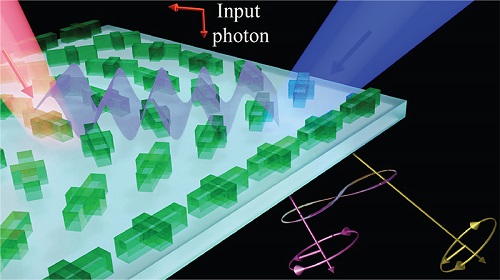The peculiarity of light, with its double nature as both a wave and a molecule, has charmed researchers, rationalists, and scholars for a really long time. One of the fascinating parts of light is its direction — the way that photons, the central particles of light, follow as they travel through space. Understanding the direction of light isn’t simply principal to getting a handle on the idea of light itself, yet it likewise has significant ramifications in different logical disciplines, including optics and cosmology.
At its center, light is made out of photons, which are bundles of energy that show both molecule like and wave-like ways of behaving. The direction of light alludes to the course that these photons take as they engender through various mediums, like air, water, or vacuum. This direction is impacted by a scope of elements, including the medium’s refractive list, its thickness, and the presence of impediments that can cause dispersing or reflection.
In a vacuum, light goes in straight lines, a rule that frames the groundwork of mathematical optics. At the point when light enters a denser medium, for example, glass, it goes through refraction, bowing its way because of the adjustment of speed. This peculiarity is the thing causes a straw to seem disconnected when put in a glass of water. The idea of light direction is fundamental in planning optical frameworks, for example, focal points and crystals, which control the way of light to accomplish explicit results, such as centering or scattering.
